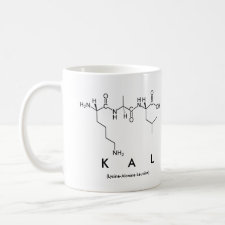
Authors: Guha A, Ahmad OS, Guerreiro A, Karim K, Sandström N, Ostanin VP, van der Wijngaart W, Piletsky SA, Ghosh SK
Article Title: Direct detection of small molecules using a nano-molecular imprinted polymer receptor and a quartz crystal resonator driven at a fixed frequency and amplitude.
Publication date: 2020
Journal: Biosensors and Bioelectronics
Volume: 158
Article Number: 112176.
DOI: 10.1016/j.bios.2020.112176
Alternative URL: https://www.sciencedirect.com/science/article/pii/S0956566320301743
Abstract: Small molecule detection is of wide interest in clinical and industrial applications. However, its accessibility is still limited as miniaturisation and system integration is challenged in reliability, costs and complexity. Here we combined a 14.3 MHz quartz crystal resonator (QCR), actuated and analysed using a fixed frequency drive (FFD) method, with a nanomolecular imprinted polymer for label-free, realtime detection of N-hexanoyl-L-homoserine lactone (199 Da), a gram-negative bacterial infection biomarker. The lowest concentration detected (1 μM) without any optimisation was comparable with that of a BIAcore SPR system, an expensive laboratory gold standard, with significant enhancement in sensitivity and specificity beyond the state-of-the-art QCR. The analytical formula-based FFD method can potentially allow a multiplexed "QCR-on-chip" technology, bringing a paradigm shift in speed, accessibility and affordability of small molecule detection
Template and target information: N-hexanoyl-L-homoserine lactone
Author keywords: Quartz crystal resonator (QCR), quartz crystal microbalance (QCM), Fixed frequency drive, Nanomolecular imprinted polymer (nano-MIP), Acyl-homoserine lactone (AHL)


Join the Society for Molecular Imprinting

New items RSS feed
Sign-up for e-mail updates:
Choose between receiving an occasional newsletter or more frequent e-mail alerts.
Click here to go to the sign-up page.
Is your name elemental or peptidic? Enter your name and find out by clicking either of the buttons below!
Other products you may like:
 MIPdatabase
MIPdatabase









